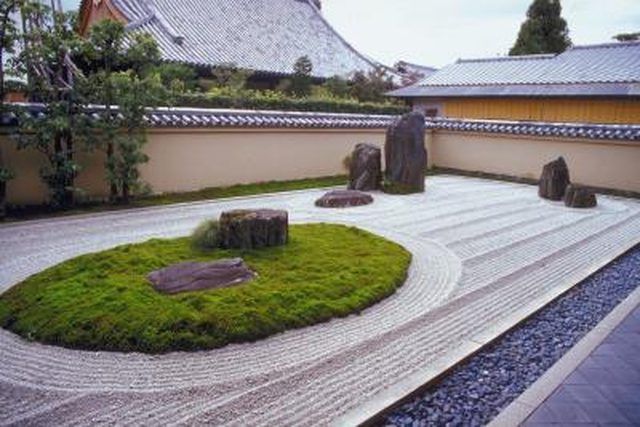Bulbs
Flower Basics
Flower Beds & Specialty Gardens
Flower Garden
Garden Furniture
Garden Gnomes
Garden Seeds
Garden Sheds
Garden Statues
Garden Tools & Supplies
Gardening Basics
Green & Organic
Groundcovers & Vines
Growing Annuals
Growing Basil
Growing Beans
Growing Berries
Growing Blueberries
Growing Cactus
Growing Corn
Growing Cotton
Growing Edibles
Growing Flowers
Growing Garlic
Growing Grapes
Growing Grass
Growing Herbs
Growing Jasmine
Growing Mint
Growing Mushrooms
Orchids
Growing Peanuts
Growing Perennials
Growing Plants
Growing Rosemary
Growing Roses
Growing Strawberries
Growing Sunflowers
Growing Thyme
Growing Tomatoes
Growing Tulips
Growing Vegetables
Herb Basics
Herb Garden
Indoor Growing
Landscaping Basics
Landscaping Patios
Landscaping Plants
Landscaping Shrubs
Landscaping Trees
Landscaping Walks & Pathways
Lawn Basics
Lawn Maintenance
Lawn Mowers
Lawn Ornaments
Lawn Planting
Lawn Tools
Outdoor Growing
Overall Landscape Planning
Pests, Weeds & Problems
Plant Basics
Rock Garden
Rose Garden
Shrubs
Soil
Specialty Gardens
Trees
Vegetable Garden
Yard Maintenance
Japanese Garden Facts
Japanese Garden Facts. If you want to promote feelings of peace and tranquility around your home, designing a Japanese garden will help accomplish this. The shapes and angles of the garden are elaborate and visually appealing, and are sure to make your front or backyard space especially impressive.

If you want to promote feelings of peace and tranquility around your home, designing a Japanese garden will help accomplish this. The shapes and angles of the garden are elaborate and visually appealing, and are sure to make your front or backyard space especially impressive.
History
Japanese gardens are landscaping designs made of sand and stone, and they traditionally adorn the outside of Japanese Buddhist temples. The monks do not meditate in the gardens, as is often depicted in the Western world, and professional gardeners tend to the gardens to keep them intact, according to the "Journal of Japanese Gardening." The term 'Japanese Zen Garden' was first mentioned in 1935 by Loraine Kuck, a Western writer, although the Japanese do not refer to them as such.
Types
There are three main types of Japanese gardens -- Tsukiyama, Karesansui, and Chaniwa. Tsukiyama gardens are the recreation or natural scenery, and include mini hills, streams and flowers; these gardens are composed in China as well. Karensansui Japanese gardens are abstract representations of nature, and includes sand, gravel and rocks, and Chaniwa gardens are often the site of tea ceremonies, and include a tea house and decorative stepping stones.
Considerations
If you want to include a Japanese garden in your own landscape, including the correct elements can give the impression of balance. For instance, Karensansui Japanese gardens don't include greenery, but moss sometimes grows on or between the stones and can be left there to adorn the garden. Also, when including the stones in a Japanese garden, they must be stones that are shaped by nature to give the garden authentic character.